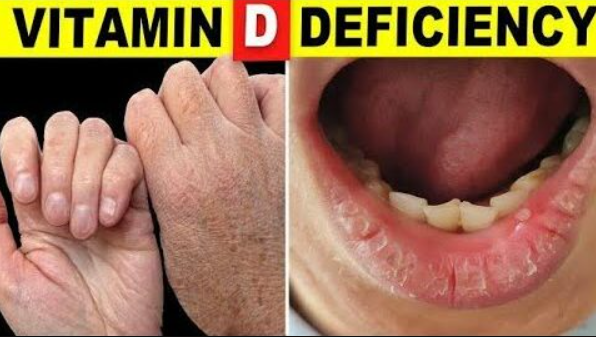Vitamin D is necessary for bone health, immune system function, and overall well-being. While we commonly associate low vitamin D levels with a lack of sunlight, there are numerous additional unexpected causes that may surprise you. Here are the top eight unexpected causes of low vitamin D levels.
- Indoor Lifestyle
Spending too much time indoors can limit your exposure to sunlight, which is required for the body to synthesise vitamin D. Modern lifestyles frequently include working in offices, spending leisure time indoors, and not getting enough sunlight.
- Use Sunscreen
While protecting your skin from damaging UV rays is necessary, excessive sunscreen use can prevent the absorption of sunlight required for vitamin D production. Using sunscreen with a high SPF can hinder your skin from producing adequate vitamin D.
- Geographic location
Living in northern latitudes or locations with minimal sunlight at certain periods of the year might result in low this vitamin levels. People living further from the equator are more vulnerable, particularly during the winter months.
- Skin Colour
Melanin, the pigment that gives skin its colour, can inhibit the skin’s capacity to synthesise vitamin D. People with darker skin have more melanin, therefore they require more sun exposure to create optimal levels of this vitamin.
- Dietary choices
A diet low in vitamin D-rich foods can lead to deficiency. This vitamin D-rich foods include fatty fish, egg yolks, and fortified products. Vegetarians and vegans may be at greater risk due to a lack of certain foods in their diet.
- Obesity
Body fat absorbs and stores this vitamin , making it less available for the body to use. People with higher body fat percentages tend to have lower levels of circulating vitamin D.
- Age
As you age, your skin’s ability to synthesise this vitamin declines. Furthermore, elderly persons are more prone to spend time indoors and may have dietary restrictions, which contribute to low this vitamin levels.
- Certain medications
Some drugs may interfere with vitamin D metabolism. These include anticonvulsants, glucocorticoids, and certain cholesterol-lowering medications. If you are taking these medications, you should keep track of your this vitamin levels.
Final Thoughts
Understanding the unexpected causes of low vitamin D can help you take proactive steps to maintain healthy levels. By addressing these factors, you can support your overall health and well-being. If you suspect you have low this vitamin levels, consult with a healthcare provider for personalized advice and guidance. Stay healthy and enjoy the sunshine!
After reading this text you can also read about: 1 Tablespoon a Day: Flaxseed to Prevent Blood Clots, Heart Attacks, and Strokes



